Those pesky white bumps called milia can mess with your complexion confidence. This comprehensive guide is your ultimate milia-fighting resource. We're covering what causes those stubborn bumps, how to identify them, removal techniques from dermatologists and at-home remedies, plus prevention tips for blemish-free skin. You'll learn to separate fact from fiction about milia, and gain a complete skincare approach to achieve your clearest, smoothest glow yet. Get ready to send milia packing for good!

What Exactly Are Milia and Where Do They Come From?
Milia are small, hard, white or yellowish cysts that form just under the skin's surface. They contain a protein called keratin and hardened sebum (skin oil).
Different Types of Milia
- Primary Milia: Primary milia are the most common type. They develop when keratin gets trapped beneath the outer layer of skin instead of being shed normally.
- Secondary Milia: Secondary milia can form after skin injuries or conditions like burns, blisters, rashes, or psoriosis damage the outer skin layer. The trapped keratin then accumulates into a milia cyst.
While milia themselves are harmless, they can be unsightly and stubborn. Understanding their causes is key to getting rid of existing milia and preventing new ones from forming.
Causes and Risk Factors
- Skin Composition and Genetics: People with thicker outer skin layers or excessive production of keratin and oils are more prone to developing milia.
- Environmental Factors: Harsh weather, sun exposure, and use of heavy skin products can clog pores and contribute to milia formation.
- Skin Conditions: Eczema, dandruff, chickenpox, and any condition that damages the outer skin layer increases milia risks.
Knowing what types of milia you have and their potential causes allows you to address them properly through removal and prevention techniques.
How to Identify Milia on Your Skin
Being able to spot milia and tell them apart from other bumps is crucial. Knowing exactly where on your body they tend to crop up will help you identify these stubborn pests.
Symptoms and Appearance
Milia appear as small, hard, white or flesh-colored raised bumps on the skin's surface. They have a pearly look and tiny pit in the center. Milia range in size from 1-2 millimeters.
Common Areas Affected
While milia can occur anywhere, they most frequently appear on the:
- Face (around eyes, cheeks, nose)
- Neck and chest area
- Arms and torso
When to See a Dermatologist
While milia are harmless, you should see a dermatologist if:
- The bumps become increasingly numerous or widespread
- You try removing milia at home and they persist or scar
- The bumps appear swollen, red, or irritated
- Milia are accompanied by other concerning symptoms
A dermatologist can properly evaluate milia, determine the cause, and provide safe, effective removal if needed. Don't delay treatment if milia fail to resolve or worsen.
With the ability to identify these pesky bumps and know when to seek expert guidance, you'll be well-prepared for the next step - exploring professional and home-based removal options.
Professional Milia Removal Techniques
If those stubborn milia bumps won't budge with over-the-counter treatments, it's time to call in professional reinforcements. Dermatologists have an arsenal of effective techniques for banishing even the most persistent cases.
1. Dermatological Consultation
The first step is to consult a dermatologist, who can properly evaluate your milia and determine the best course of treatment. They'll assess the severity, location, and potential causes of those bumps.
2. Extraction Procedure
For individual or small numbers of milia, a dermatologist may perform a precise extraction using sterile needles or surgical tools. They'll carefully drain out the clogged keratin and oil that make up the cyst.
3. Laser Therapy
Laser treatments can zap away widespread or recurring cases of milia. The laser precisely burns through just the outermost layers of skin containing the bumps without damaging deeper tissues.
4. Cryotherapy
In this cool method, liquid nitrogen is used to freeze milia, causing the frozen cysts to eventually slough off as new skin replaces the treated area. It's great for treating larger clusters of bumps.
5. Chemical Peels
Certain types of chemical peels act like a milia-removing double agent. Their controlled exfoliation strips away those top layers of skin where the bumps are embedded.
6. Prescription Medications
If other treatments fail, dermatologists may prescribe medicated retinoid creams or other topicals to help clear up stubborn cases of milia.
Home Remedies and Over-the-Counter Milia Treatments
Don't want to spend money on pricey dermatologist visits? No problem! There are some home remedies and over-the-counter products you can try first for those pesky milia bumps.
1. Topical Retinoids
Non-prescription retinoid creams containing ingredients like retinol or adapalene can help slough off the outer layer of skin where milia form. Use with caution as they may cause dryness and irritation. In the future, keep an eye out for dissolving microneedle eye patches that contain retinoids, as this emerging technology shows promise for delivering active ingredients more effectively to target milia.
2. Exfoliation Methods
Some gentle exfoliating action with a washcloth, dry brush, or alpha hydroxy acid product may help remove dead skin cells and dislodge milia. Just avoid over-scrubbing, which could further irritate your skin.
3. Warm Compresses
Applying a warm, damp compress to the affected area for 10-15 minutes per day is a simple way to try and soften that outer layer of skin to help stubborn milia pop out.
4. Oil-Free Skincare Products
Using non-comedogenic, oil-free moisturizers and sunscreens is a smart move to prevent new milia from forming while you treat existing bumps. No more clogged pores!
5. Safety Precautions and Effectiveness
These home remedies work best for mild cases of milia. For severe or persistent bumps, it's time to call in professional help. Never try extracting milia yourself - that's asking for scars and infections! Be patient too, as at-home treatments can take 6-8 weeks to work.
When the DIY approach fails, professional treatments provide faster and more reliable results. But good skincare habits are also key for preventing milia recurrence.
How Can You Prevent Milia from Forming?
Want to stop stubborn milia bumps before they start? Incorporating some easy prevention strategies into your daily routine is key.
1. Daily Skincare Routine Recommendations
Use a gentle, non-comedogenic cleanser and moisturizer made for your skin type. Avoid heavy, pore-clogging makeup and sunscreens that could cause backups. Exfoliate regularly but gently to keep dead skin from building up.
2. Sun Protection Measures
Wearing a broad-spectrum sunscreen daily and protective clothing like hats helps prevent sun damage that can thicken that outer skin layer and trap keratin - a recipe for milia! Avoid excessive sun exposure.
3. Diet and Hydration
Eat a nutritious diet full of antioxidants, healthy fats, and other skin-loving nutrients. And don't forget to drink plenty of water to keep your skin supple and moisturized from the inside out.
4. Proper Makeup Application and Removal
Use non-comedogenic, oil-free makeup and apply with clean brushes and tools. Always remove every last bit before bed to keep pores clear and milia-free overnight.
Making these preventative habits part of your regular skincare routine is the best way to sidestep stubborn milia for good. But let's dispel some persistent myths first.
Myths vs. Facts About Milia
Myth 1: Using eye creams causes milia to form around the eyes.
Fact: Eye creams themselves do not cause milia. However, using very heavy or comedogenic eye products can clog pores and trap keratin, increasing milia risks around the eyes.
Myth 2: Milia only affect babies and go away on their own.
Fact: While milia are common in newborns, they can affect people of any age. Adult milia often persist and require treatment to eliminate them.
Myth 3: Poor hygiene and not washing your face leads to milia.
Fact: Milia are not caused by dirt or lack of cleanliness. They form due to trapped keratin, often related to skin type, injuries, or product use.
With the myths dispelled, let's discuss one final key element - how to care for your skin after milia removal to prevent lasting impacts and future recurrence.

Post-Removal Skincare for Milia
You've tackled those stubborn milia bumps head-on...now what? Proper post-removal skincare is essential to ensure lasting results and prevent future outbreaks.
1. The Healing Process and Aftercare
After professional removal procedures like extractions or peels, expect some temporary redness, swelling or crusty spots initially - don't freak out, it's normal! This should clear up within 3-5 days. During this time, resist all picking and use a gentle, fragrance-free moisturizer to soothe skin.
2. Scarring Prevention
With the right aftercare, scarring is unlikely after milia removal. But picking at the treated area is a no-no - that's a surefire way to increase scarring risks. Protect fresh skin from sun exposure by applying sunscreen faithfully. If abnormal scarring does develop, see your dermatologist right away.
3. Long-Term Skincare Maintenance
To keep milia from reappearing, get into a consistent routine using non-comedogenic products, gentle exfoliators, and sun protection. See your derm annually for checkups, and avoid bad habits like picking that can compromise your skin's barrier.
By allowing your skin to properly heal after treatment and following your dermatologist's homecare advice, you can banish milia while maintaining radiant overall skin health long-term.
Banish Milia for Good
In the quest for flawless skin, this guide provides you with the complete battle plan to defeat those pesky milia bumps once and for all. You now understand what milia are, how to identify them, and have an array of proven removal methods at your disposal - from dermatologist treatments to easy home remedies. But the key to lasting milia-free radiance? Consistent prevention through smart skincare habits like gentle exfoliating, sun protection, and nurturing your skin from the inside out. Follow the post-removal aftercare advice to allow skin to heal fully. Implement these comprehensive milia-fighting strategies and you'll be rocking that unblemished glow with confidence!

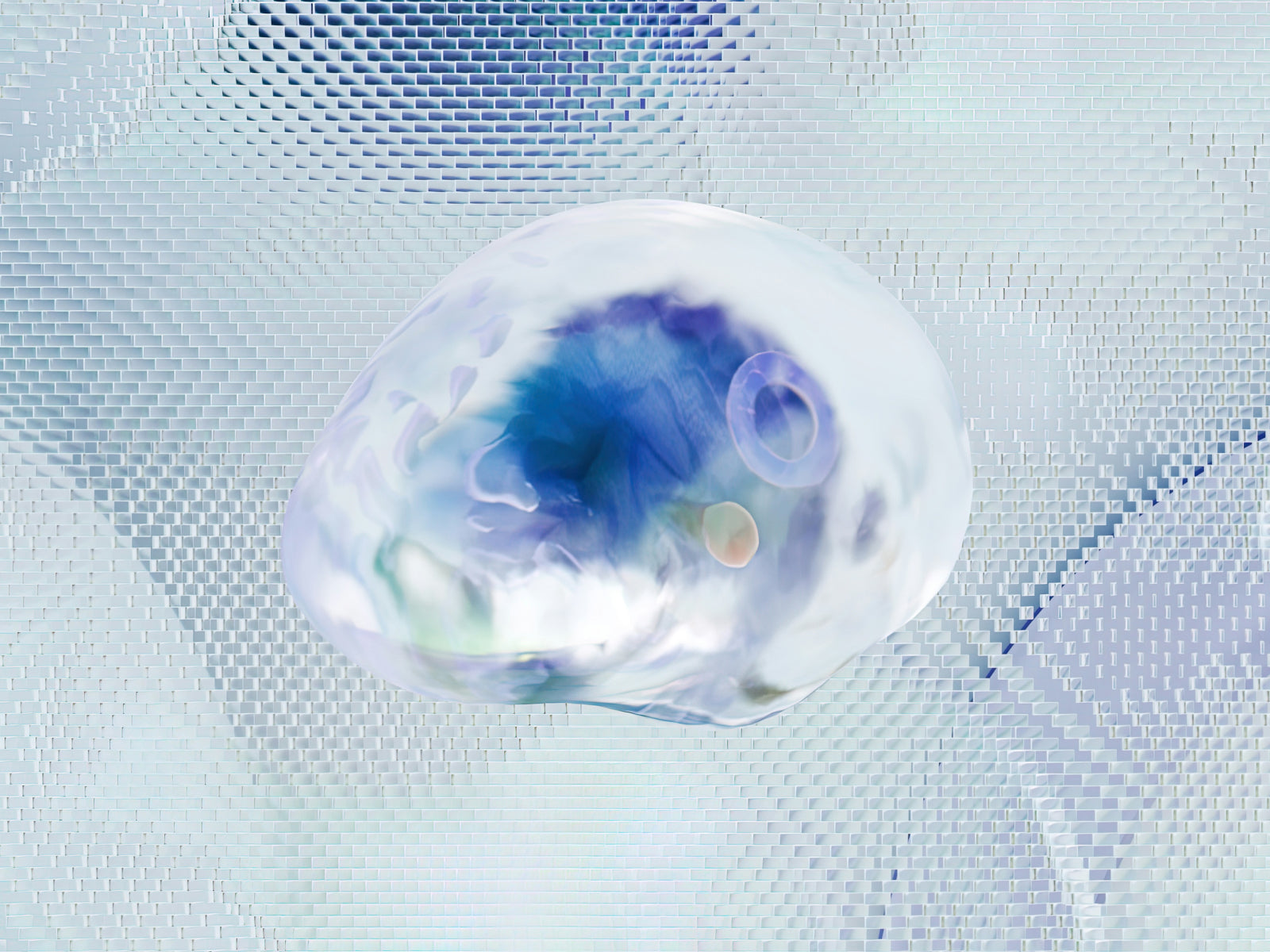
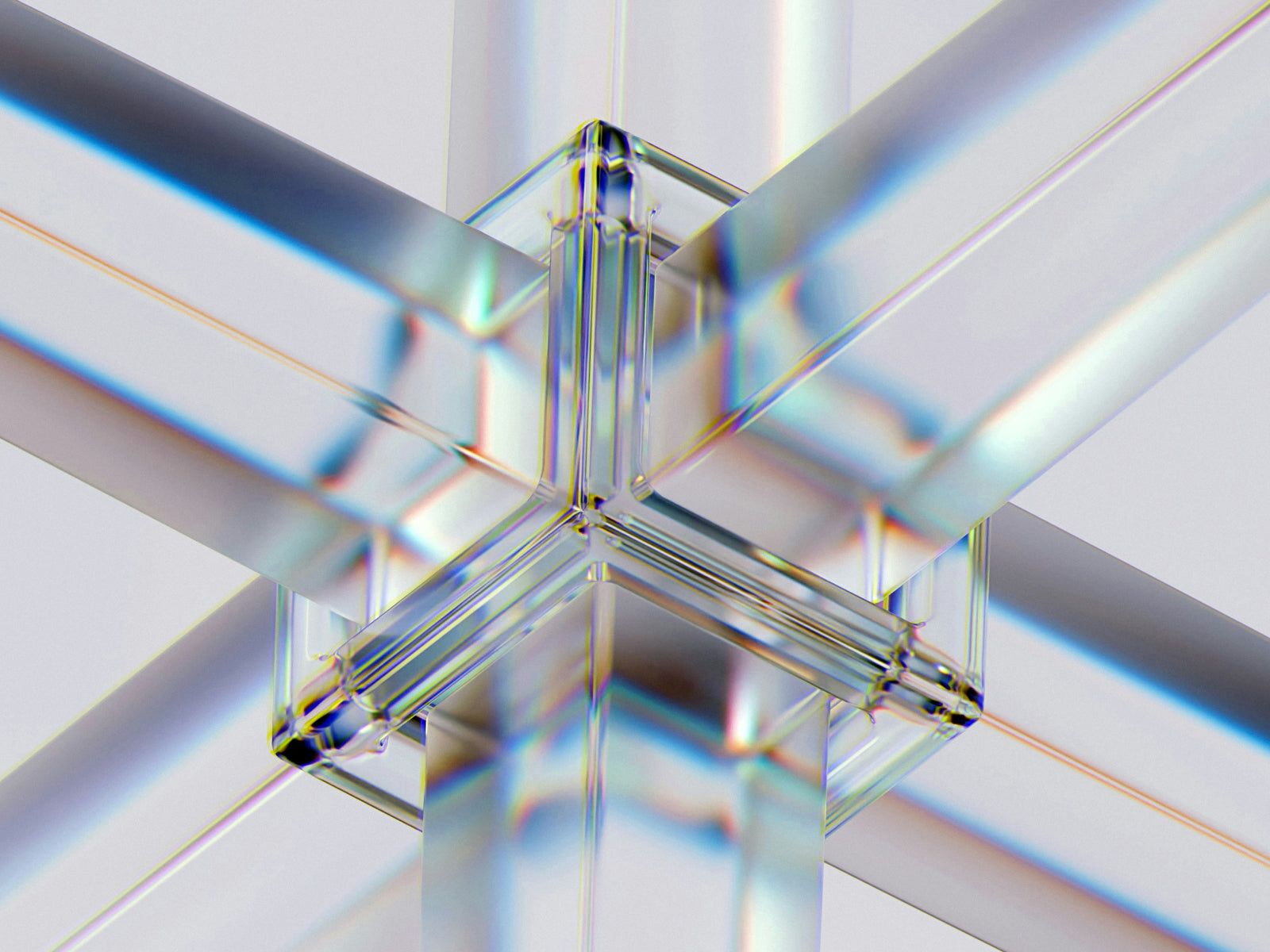
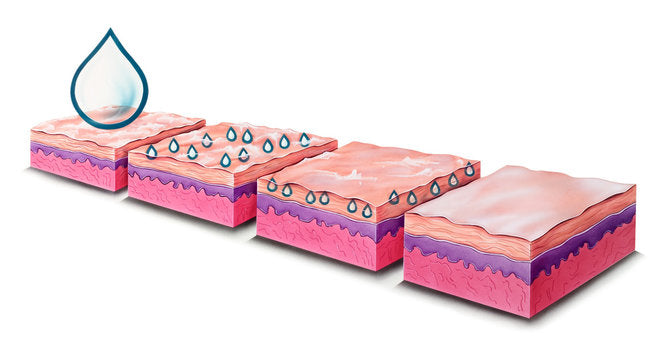

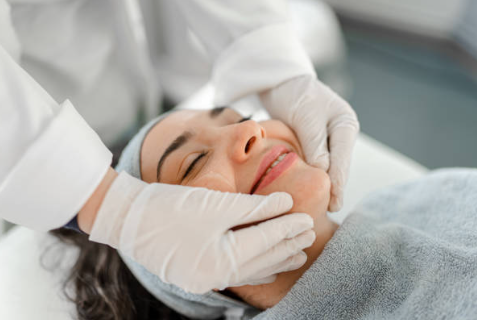
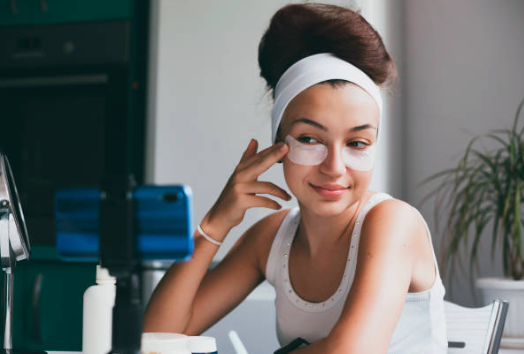
Leave a comment
All comments are moderated before being published.
This site is protected by hCaptcha and the hCaptcha Privacy Policy and Terms of Service apply.